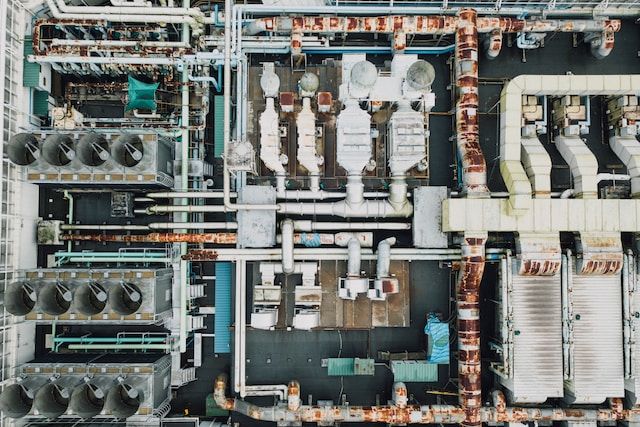Rare earth elements are little known to the man in the street, yet they lie at the heart of industry, defence, and modern life.
Neodymium, for example, is used in permanent magnets which are an essential raw material for the manufacture of electric cars, wind turbines, computers, headphones, sensors, and other products crucial for everyday consumer products as well as the green transition.
Because of their importance, rare earths provide a stark illustration of Europe's larger problem, which is to reach climate targets without endangering its geopolitical independence or its ability to compete economically.

Rare earth deposits are known to exist all over the world, but few nations exploit this resource because they are thinly spread across vast amounts of the earth’s crust. This makes mining and processing them very expensive and barely profitable.
China’s Rare Earth Element Dominance
Current production of rare earths is dominated by China, who supply 70% of the global market.
Europe, on the other hand, has only one rare earth separation facility (situated in Estonia and operated by the Canadian-owned Neo Performance Materials), although the French chemical company Solvay also has a site in La Rochelle which it intends to expand.

This situation is due to China’s long-term recognition of the significance of rare earth elements and a thirty-year focus on dominating a market ignored by so many others. As then-Chinese leader Deng Xiaoping stated in 1987 while touring Baotou, Inner Mongolia, the site of one of the world’s largest rare earth deposits, “The Middle East has oil, China has rare earths.”
As technology has demanded more and more rare earths to manufacture satellites, modern armour, electrical devices, and other essential products, their geopolitical value has grown alongside their market price. This has left other nations trying to catch up – with some success.
“Non-Chinese production of rare earth oxides increased nearly four-fold to 90,000 tonnes from 2015 to 2022,” states a recent report in the Financial Times. However, it also adds that, “China has not stood still. Production of rare earths has doubled from 105,000 tonnes to 210,000 tonnes in 2022, far outstripping the increase outside of its borders in absolute terms.”
The EU’s Rare Earth Element Predicament
Like many industrial chemical processes, the facilities for extracting, smelting, separating, and refining rare earths from base ore are highly complicated and detailed. This makes competing against Chinese market dominance a long and expensive project.
“In the short term, China will still be the major player,” says Edoardo Righetti, from the Brussels-based think tank CEPS. “You can't break the competitive advantage they built over the last 30 years in the space of five years.”

Yet only now, in light of the calamity over Europe’s dependence on Russian fossil fuels, is the EU waking up to its reliance on China for its technological base.
Consequently, rare earth elements have been added to the list of essential supplies in the proposed Critical Raw Materials Act (CRMA) aimed at securing some level of self-sufficiency. As the EU Observer reports, the Act, “… establishes that 15 percent of domestic [rare earth element] demand should be met by recycling by 2030, and 50 percent has to be processed within the EU, up from nearly nothing today.”
Goals which Righetti believes are “nowhere near feasible.”
To learn about the potential answers to this challenge, read: Europe’s Rare Earth Element Self-Sufficiency Solutions
Photo credit: Dariusz Sankowski from Pixabay, Leonie Clough on Unsplash, Marcin Jozwiak, & Chuttersnap